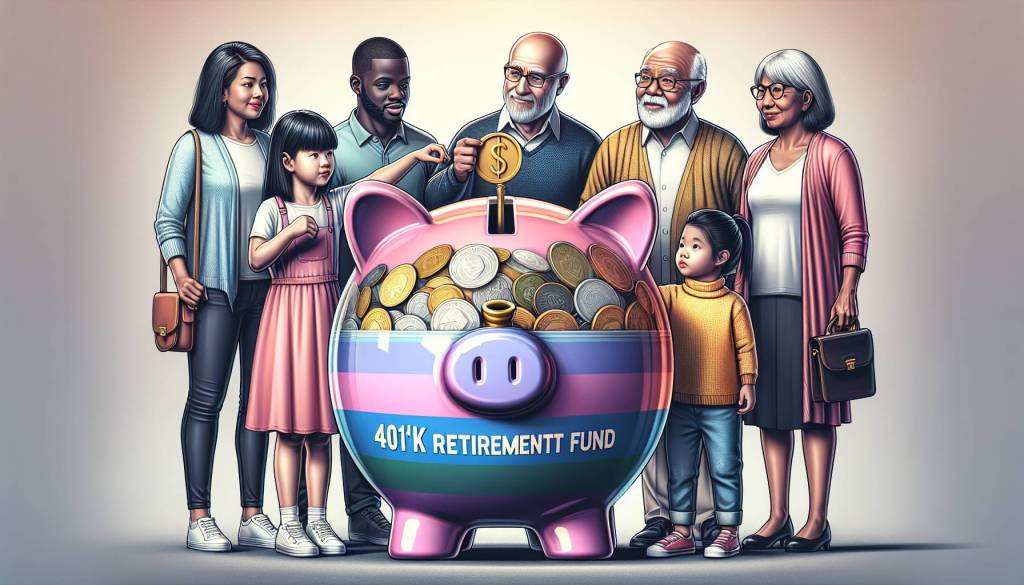Being a financial influencer has become a genuine profession in recent years. The opportunity to share your knowledge and improve others’ lives, the glitz and glamour, and of course the ability to make money all draw people in. But what happens when the benefits and fun end abruptly? This essay will examine the world of financial influencers and the difficulties they encounter, including regulatory scrutiny and the possibility of fines. Read on to learn about the peaks and valleys of being a financial influencer if you’re thinking about becoming one or are just interested in learning more about this intriguing profession.
In recent years, social media platforms like Instagram, YouTube, and TikTok have given rise to a new breed of influencers – financial influencers. These individuals leverage their knowledge and expertise in finance to educate and inspire their followers. With a vast audience hungry for financial advice, influencers have the power to shape opinions, influence behavior, and even drive investment decisions. From personal finance tips to stock market insights, financial influencers have become trusted sources of information in the digital age.
One of the main draws of being a financial influencer is the potential for financial gain. With a large following, influencers can monetize their content through brand partnerships, sponsored posts, and affiliate marketing. This can translate into substantial earnings, with some top influencers reportedly making millions of dollars per year. Moreover, financial influencers have the opportunity to make a real impact on people’s lives by helping them achieve financial literacy, make smart investment decisions, and ultimately attain financial freedom.
As financial influencers gain prominence, they also attract the attention of regulators. Authorities around the world are increasingly concerned about the potential for misinformation, fraudulent schemes, and market manipulation in the realm of financial advice on social media. In response, regulatory bodies have started to tighten their grip on the industry, imposing stricter guidelines and cracking down on misleading or deceptive practices. Financial influencers now find themselves navigating a complex regulatory landscape, where compliance is paramount to avoid hefty fines and legal consequences.
One of the most significant downsides of being a financial influencer is the risk of fines. Regulatory bodies have the power to penalize influencers who fail to comply with their guidelines, and the fines can be substantial. In the United States, for example, the Securities and Exchange Commission (SEC) has taken action against influencers who promote investments without disclosing their financial interests. These fines not only have financial implications but can also damage an influencer’s reputation and credibility.
Financial influencers walk a fine line between providing valuable content and promoting their financial interests. While it’s natural for influencers to seek monetization opportunities, they must ensure transparency and maintain the trust of their audience. Disclosing any financial relationships and potential conflicts of interest is crucial to maintain credibility and avoid regulatory scrutiny. Striking the right balance between providing helpful advice and promoting financial products or services can be challenging, requiring influencers to be transparent and ethical in their practices.
In the rapidly evolving world of finance, staying ahead of the curve is essential for financial influencers. They must continuously update their knowledge and skills to provide accurate and relevant information to their audience. This requires keeping an eye on market trends, understanding new financial products and services, and staying informed about regulatory changes. Financial influencers who fail to adapt and remain current risk losing their audience’s trust and falling behind their competitors.
Just like any public figure, financial influencers must carefully manage their reputation and online presence. With a large following comes increased visibility, making influencers more susceptible to criticism, online attacks, and scrutiny. Building and maintaining a positive online reputation requires consistent engagement with the audience, responding to comments and questions, and addressing any concerns promptly. Additionally, influencers must be mindful of their behavior both online and offline, as any misstep can have far-reaching consequences.
To succeed as a financial influencer, it’s crucial to build a strong foundation. This starts with acquiring in-depth knowledge and expertise in finance. Education and professional certifications can lend credibility and demonstrate a commitment to excellence. Additionally, cultivating a genuine passion for helping others and a desire to make a positive impact will resonate with the audience and foster trust.
Compliance with regulatory guidelines and transparency are paramount for financial influencers. Familiarize yourself with the rules and regulations governing financial advice and promotion on social media platforms. Understand the importance of disclosing any financial interests or relationships and be transparent about potential conflicts of interest. Taking these steps will not only help you avoid fines but also build trust with your audience.
Engagement is key to building a loyal and engaged audience. Actively respond to comments and messages, and encourage your followers to participate in discussions. By fostering a sense of community, you create a space where your audience feels valued and heard. Encourage feedback, suggestions, and questions, and incorporate them into your content to make it more relevant and impactful.
In the fast-paced world of finance, continuous learning and adaptation are essential. Stay informed about industry trends, regulatory changes, and emerging technologies. Attend conferences, webinars, and workshops to expand your knowledge and network with other professionals. Embrace new platforms and technologies to reach a wider audience and deliver your message effectively.
Collaborating with other influencers, industry experts, and brands can amplify your reach and add value to your content. Seek out partnerships that align with your values and complement your expertise. This can range from co-creating content to hosting joint webinars or sharing each other’s posts. Collaborations not only enhance your credibility but also expose you to new perspectives and ideas.
Being a financial influencer is undoubtedly an exciting and rewarding profession. The ability to educate, inspire, and make a difference in people’s financial lives is a privilege. However, it’s crucial to be aware of the challenges and risks that come with this role. Navigating regulatory scrutiny, maintaining transparency, and staying ahead of the curve are all essential for long-term success. By building a strong foundation, engaging with your audience, and continually learning and adapting, you can thrive as a financial influencer while mitigating potential pitfalls. So, if you’re ready to embark on this journey, remember to embrace the opportunities, but also approach them with caution and integrity.
First reported by Bloomberg.













